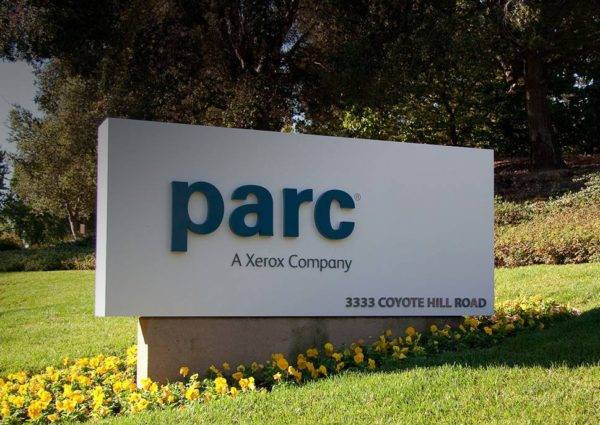PARC, the research and development arm of Xerox, announced on Tuesday that it has secured part of $19 million in federal funding from the Energy Department to develop peel-and-stick sensors for homes, businesses, and other buildings.
The peel-and-stick sensors will be able to detect air quality, temperature, humidity, occupancy, and more, according to PARC. Instead of using batteries, which are hard to recycle, the sensors will be powered using RF energy.
See also: Xerox beacon technology brings retail to commuters
“Sensors need to be low-cost, easily deployed, require little or no maintenance, and be able to store enough energy to do their job. PARC’s flexible, printed and hybrid electronics enable the unique peel-and-stick form factor, provide affordable, plug-and-play installation, and allow for remote radio frequency power delivery,” said David Schwartz, project lead and manager of Energy Devices and Systems at PARC.
PARC thinks that the peel-and-stick functionality will give the sensors compatibility in all scenarios, since it removes the hard installation process and provides more a deeper and more accurate understanding of the building environment.
PARC sensors could be adopted to other markets
The peel-and-stick sensors could be adopted in other markets, including building efficiency applications, smart cities, industrial and resident safety, and wearables.
“Distributed, networked sensing and data collection is the basis of the IoT. PARC is poised to provide a variety of the IoT sensors given our deep and rich history in printed electronics,” said Schwartz.
PARC is one of 18 selected projects by the U.S. Department of Energy to improve the efficiency of America’s buildings. Earlier this year, the Energy Department revealed the annual energy bill for the entire country was $430 billion.
“Improving the efficiency of our nation’s buildings presents one of our best opportunities for cutting Americans’ energy bills and slashing greenhouse gas emissions,” said Secretary of Energy Ernest Moniz. “These innovative technologies will make our buildings smarter, healthier, and more efficient, driving us toward our goal of reducing the energy use intensity of the U.S. buildings sector by 30 percent by 2030.”









